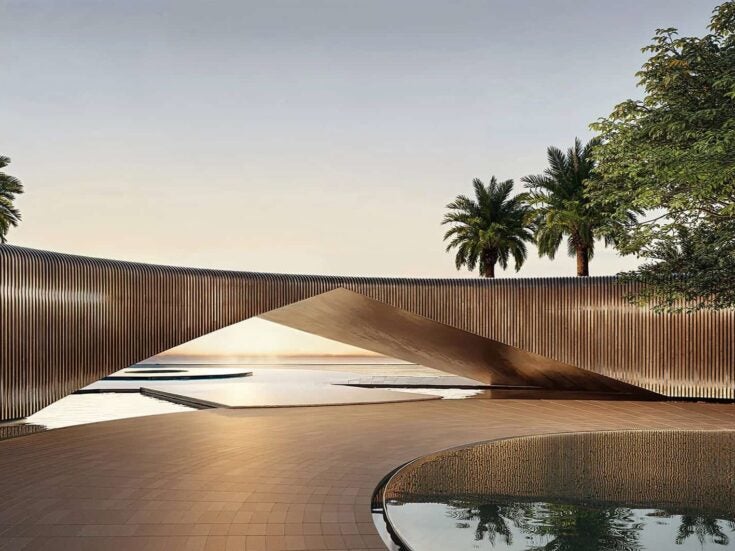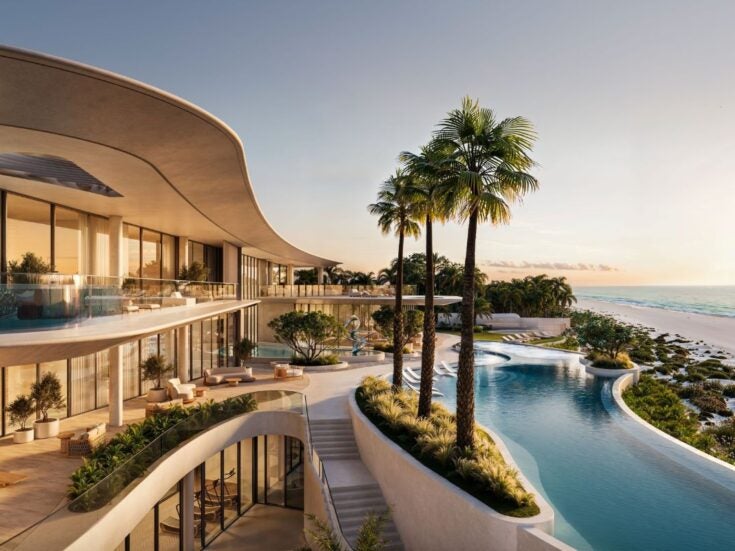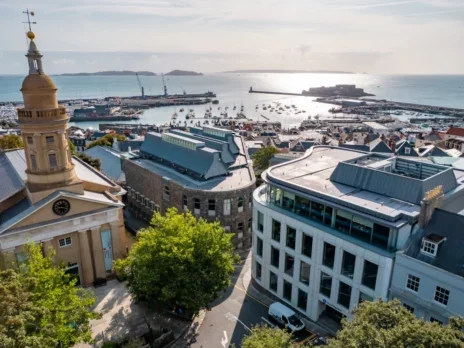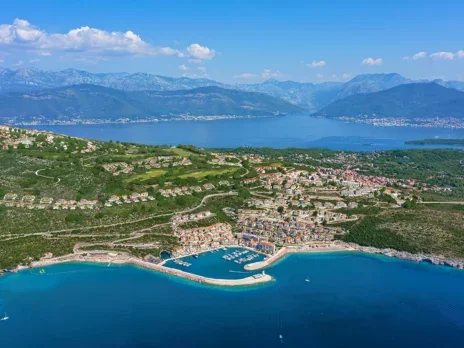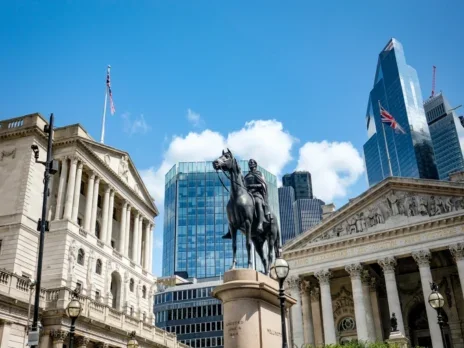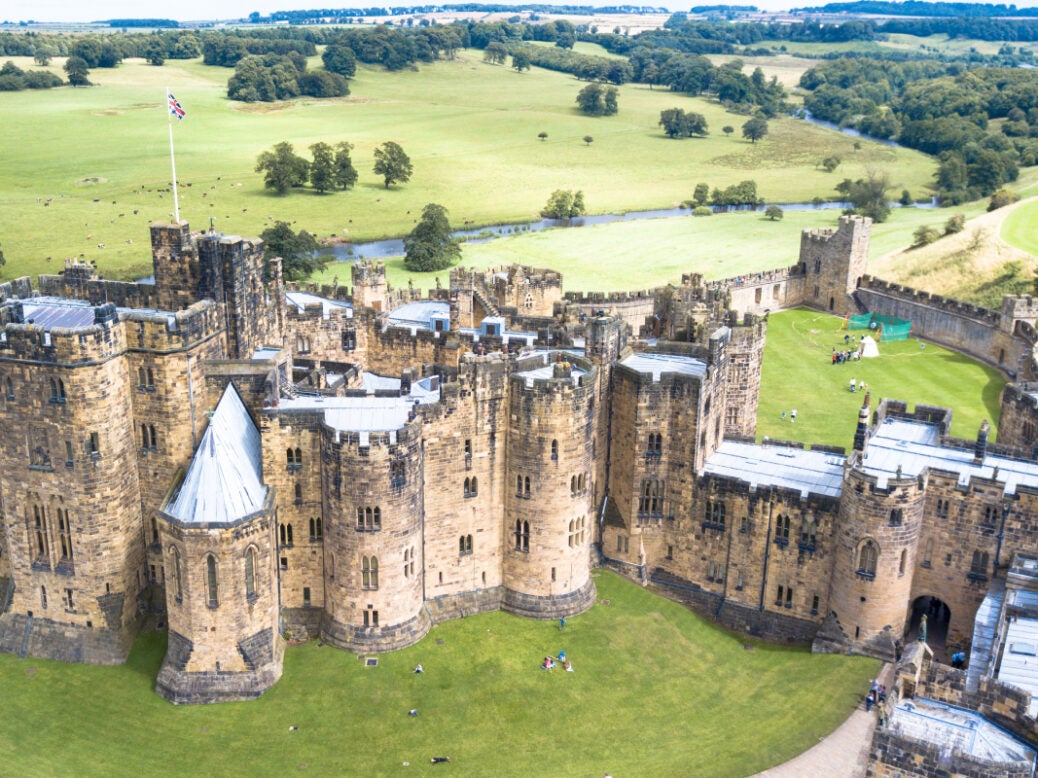
To visit the Duke of Northumberland at Alnwick Castle is to step into another dimension. There are herds of Land Rovers and gilet-wearing staff, not to mention a team of robot lawnmowers that keep the grounds in check. ‘Northumberland-land’ is a parallel universe. Staff talk about ‘the household’ and ‘the family’, who may or may not be ‘in residence’. The duke’s flag goes up and down, depending on whether he’s at home or not.
Once upon a time, and even in the lifetime of the current duke’s late father, the Duke of Northumberland was king of Northumberland. Their family, the Percys, have lived at Alnwick since 1309. The duke’s father, Hughie Northumberland, was chancellor of Newcastle University for 24 years, Lord-Lieutenant of Northumberland for 28 years, and Master of the Percy fox-hounds for 48 years, which gave him an intimate view of every inch of his very many northern acres.
[See also: Kings of the Hill: behind the UK’s gated enclave for the rich and famous]
He was a Knight of the Garter and bore the Sword of Mercy at Elizabeth I’s coronation in 1953, following in the footsteps of his forebear Henry Percy, 4th Earl of Northumberland, who did the same at Richard III’s coronation in 1483.
In Hughie Northumberland’s 74 years, the aristocracy changed. Perhaps the screw has already turned in 1894, with Liberal chancellor Sir William Harcourt’s introduction of inheritance taxes, but there were many other factors: the agricultural depression, the Irish Land Acts of 1870-1909 and, or course, the First World War and subsequent economic difficulties.
These headwinds meant the 20th century transformed many peers from the unchallenged unofficial monarchs in their locales to men of lesser significance; many of them took professional jobs. Their acreages fell as they sought to offload land that would present a major tax burden for their heirs, and their community obligations were reduced. Some academics and historians were moved to declare that the aristocracy was over. Among them was Professor Sir David Cannadine, who charted The Decline and Fall of the British Aristocracy in his 1990 book.
[See also: Fabrics collection celebrates King’s country oasis at Highgrove]
However, during the course of my work visiting ducal and non-ducal peers to write about their country houses, I began to suspect that this picture – of the (slightly less) landed gentry on an inexorable downward spiral – was at best unnuanced and, at worst, downright false. And, over the past five years, as I carried out research for my own book about the aristocracy, so it proved.
In 1883 a land survey showed that 482 of the nation’s peers at the time owned in the region of 16 million acres between them. But not all peers were created equal. In his analysis, Cannadine identified a sort of premier league of 29 – marked out from the rest because of their high income and extensive land holdings.
Of those 29, some 22 peerages are still recognisably part of the aristocracy (seven of the families either have no significant landholdings or are without their title). These 22 are today worth a combined £16 billion and are in possession of a total of a million acres. That’s not to be sniffed at. But also consider that the modern premier league of aristocrats has been bolstered by peerages that have risen to prominence, such as the Earl Cadogan (who has relatively small but highly valuable land holdings), or who have been created since 1883, such as the Rothermeres.
They may no longer be colonial governors or political leaders, but the estates of today’s premier leaguers are better managed than ever. Their total land holdings have reduced in many cases, but this has often been achieved by divesting of the least useful parcels, diversifying and honing the management of what remains with the introduction of highly accomplished chief executives and other such trappings of modern businesses, such as social media teams and the rest.
In their portfolio, the Northumberland now have industrial estates and retail parks that are home to branches of M&S; Northumberland Estates is a ‘North East based development and investment company’, rather than merely a traditional agricultural estate. The Duke of Westminster’s Grosvenor, meanwhile, has an entire North American property division with its own chief executive, such are the company’s interests there.
The prevailing narrative is that the aristocracy is a diminishing force. And, as a general statement about the nearly 800 hereditary peerages, it may be true. But it also masks something that should not be ignored: despite all of the forces against them in the 20th century, and the beginning of this one, a small number have not only survived but have thrived, by parlaying their ancient birthrights into modern businesses that are capable of sustaining their families and their heritage for many generations to come. They are chameleons, and they will have to change again. But ‘decline and fall’? Not yet.
Heirs and Graces by Eleanor Doughty is published by Hutchinson in September and available for pre-order now
This article first appeared in Spear’s Magazine Issue 96. Click here to subscribe


